If you have an 18 x 7.5 wheel, you may wonder what size tire to put on it. Fortunately, we have done some research for you, and here is what we found.
The size of tire recommended for an 18 x 7.5 wheel is 235/40. The diameter and width of a wheel are used to determine the correct tire size for a car. These dimensions are written as a standard tire size on the sidewall.
It is important to use the right size tires with your wheels. Keep reading to get detailed information about the dimensions of tires and how to choose tires for your wheels.
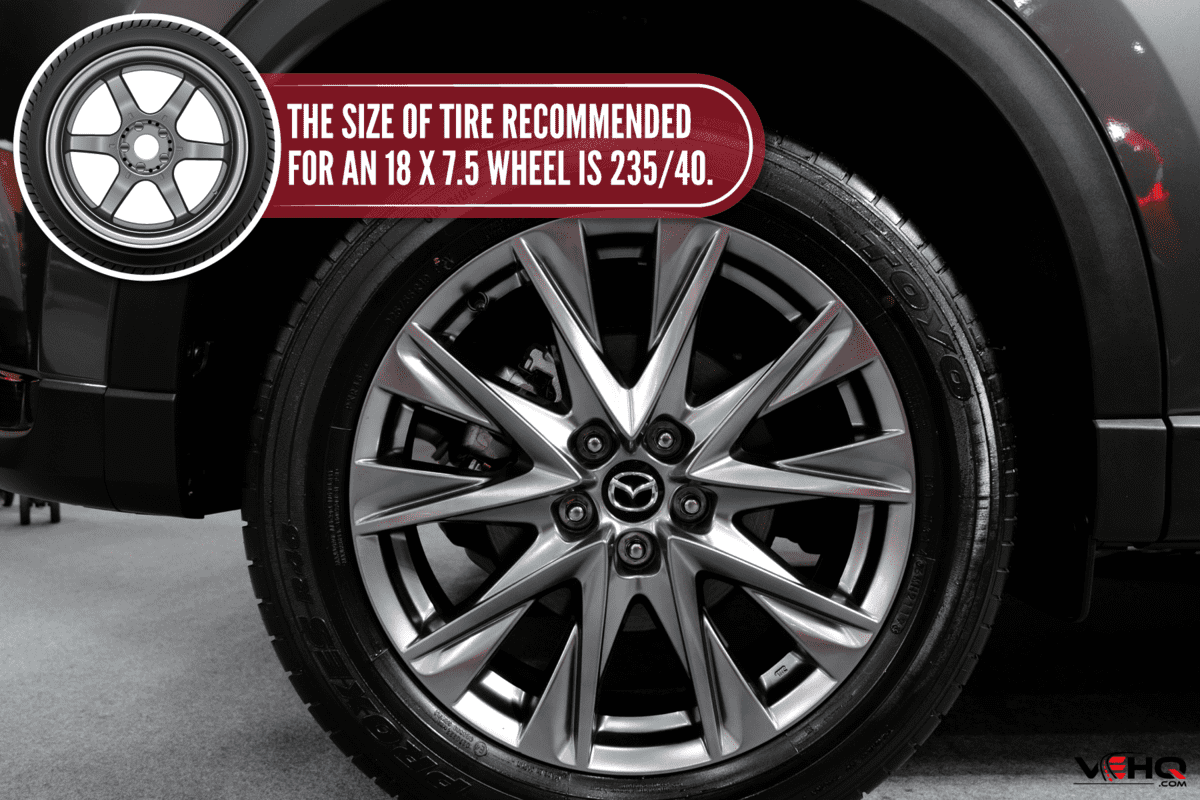
What Size Tire Can You Put On An 18 x 7.5 Wheel?
If you want to maintain your car's performance, safety, and efficiency, you should purchase tires of the appropriate size for your wheels.
To find out the tire size you need, all you have to do is check the glove compartment of your car or look inside the fuel flap or the driver's door.
225/40/18 is the tire size that should be used on a wheel size of 18 x 7.5 unless you are running an extremely severe offset or drop, in which case you can use a 215 or 205 tire.
It is possible to increase the size of your tires. But in most cases, it is advisable to keep to the tire size recommended by your manufacturer for optimal performance.
Increasing the size of your tires may provide your vehicle with greater ground clearance, but this change may also impact the handling, the performance of the drivetrain, and fuel efficiency.
If you decide to increase the size of your tires, you should be aware of the changes that will occur and how they can affect the vehicle's capabilities.
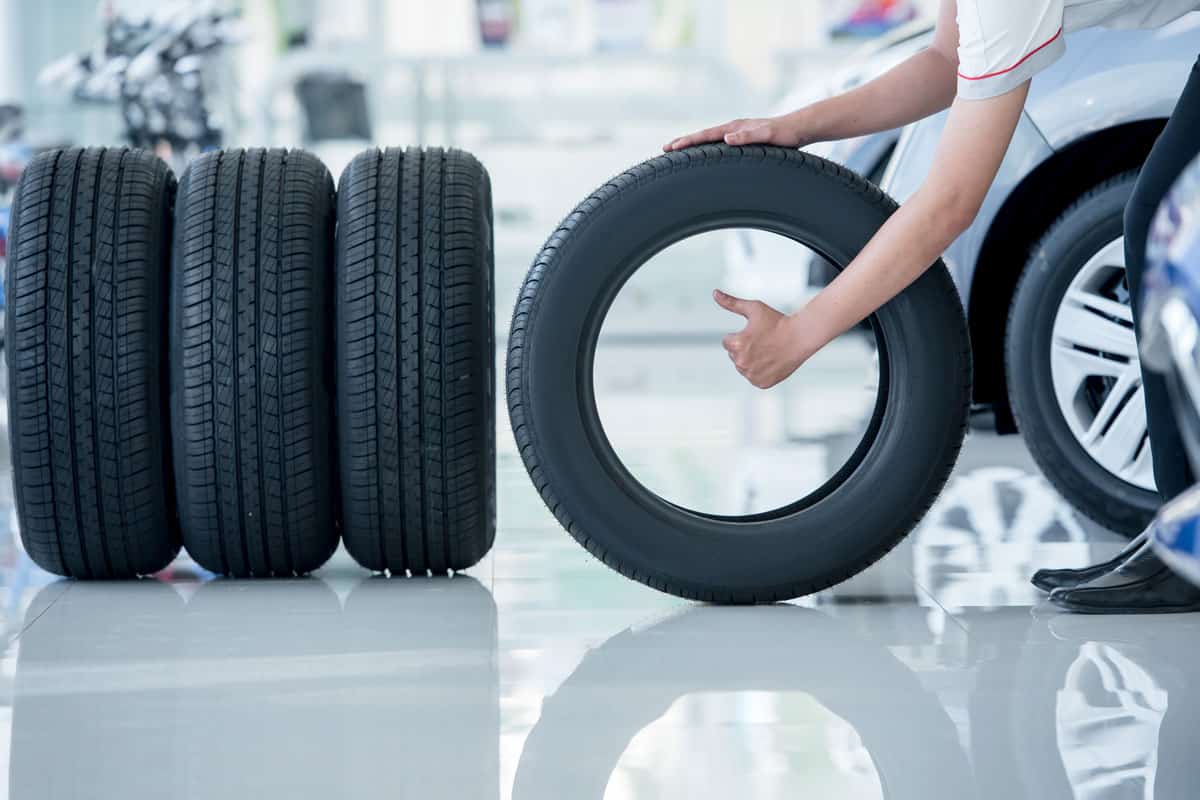
Problems Caused By Changing The Size of Tires And Wheels
A change in the size of your tires and wheels is one of the most prevalent causes of vehicle problems. One of them is an inaccurate speedometer.
When you drive down the highway on a tire with a bigger circumference, it completes fewer rotations than one with a smaller diameter. The speedometer will register a lower speed because the tires are rotating at a slower rate.
The reading on your speedometer becomes inaccurate by a greater amount when you drive faster. The odometer may also read lower as a result.
Another concern is the normal wear and tear that occurs on the components of the suspension and the brakes. Wheels and tires of different sizes cause a change in the angles of the suspension, which may affect the gear ratio of the gearbox.
In some cases, the braking system may be impacted, particularly the anti-lock braking system. You may need to adjust the brakes and suspension to compensate for these issues.
The quantity of ground clearance available for a larger tire is yet another factor you want to consider. Some of the wheel wells are somewhat cramped.
If you have a larger tire or wheel, there is a greater chance that it will rub against your fender or your suspension, particularly as you turn. Also, your vehicle's gas mileage will suffer due to the increased weight caused by having larger tires and wheels.
How Do You Know The Tire Size Is Compatible?
After concluding that it is time to get new tires, you should know how to check whether or not a tire size is suitable for your vehicle.
To be sure that a potential tire fulfills your vehicle's specifications, it is crucial to know how tire sizing works. You may not have examined the string of numbers and letters printed on the side of each tire, but it contains good information about your tire size.
This information is also located in the owner's manual and on the inside of the doorjamb of your vehicle. You can find the sticker with the tire compatibility information by opening the driver's door and looking at the door jamb.
On the sticker, you will find the wheel (rim) and tire size that the manufacturer initially installed on your car. Compare this information with that on your tire to know if it's compatible.
The information in your manual will teach you how to read, understand, and interpret information about tire size. If you want to switch to a tire of another size or type, seek the advice of an authorized tire retailer who can provide you with expert guidance.
This is because optional tire sizes are likely to have dissimilar load capacities and may require wheels with a different rim width or diameter and a different inflation pressure.
Altering your vehicle's tire size might negatively impact its overall safety if the process is not carried out correctly, so make sure your tire size is compatible.
Is It Better To Have Wider Or Taller Tires?
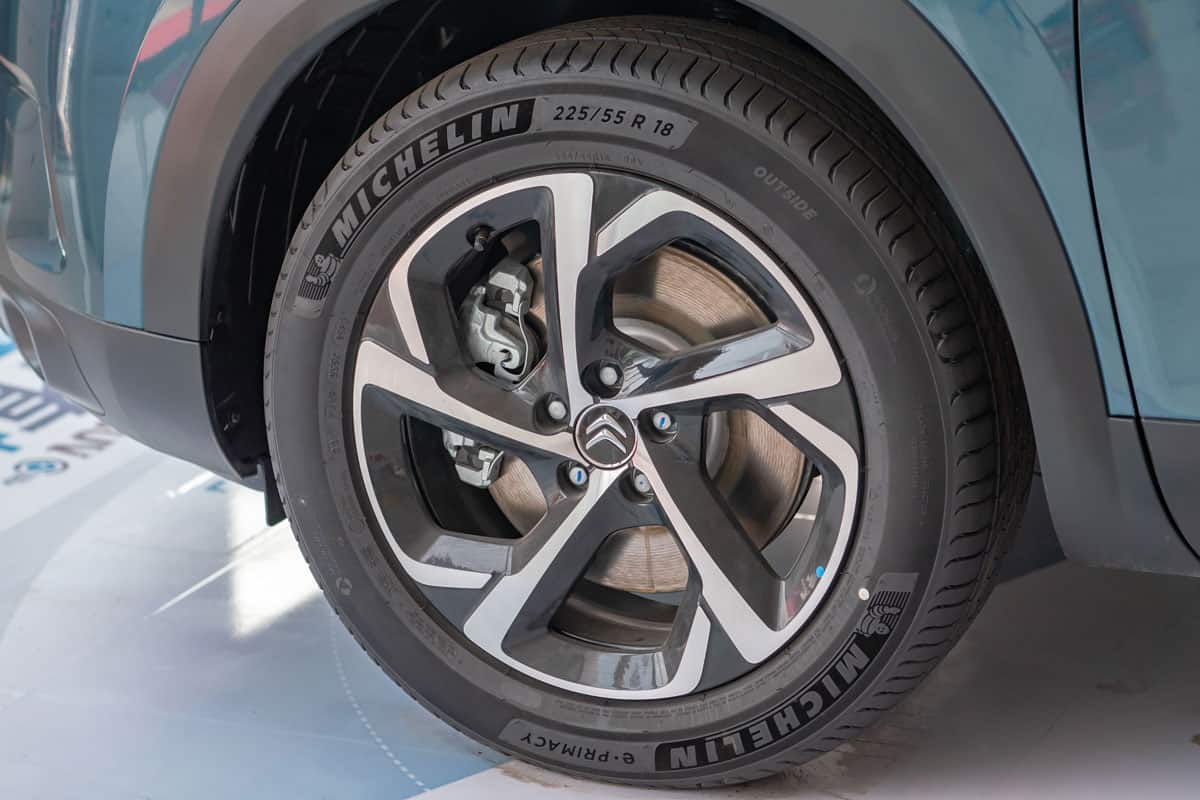
In general, wider tires are better than taller tires. When improving your car's traction, larger tires and wheels are often preferable.
However, bigger tires also entail higher price tags. Tires with a high profile and a lot of air space inside make for a more comfortable ride than those with a low profile and a wide tread.
Both varieties of tires offer some degree of protection and features to their users, which is a significant plus.
When the road surface is dry, wider tires provide better traction than narrow ones, but when the road surface is wet, the risk of hydroplaning will be higher with wide tires.
The handling and cornering performance of a tire improves in direct proportion to its overall length and width. Larger tires have a better ability to accelerate and stop effectively and a reduced turning radius.
These wider tires also affect how other aspects of a vehicle respond to the road, such as traction control and stability.
Are Thicker Or Thinner Tires Better?
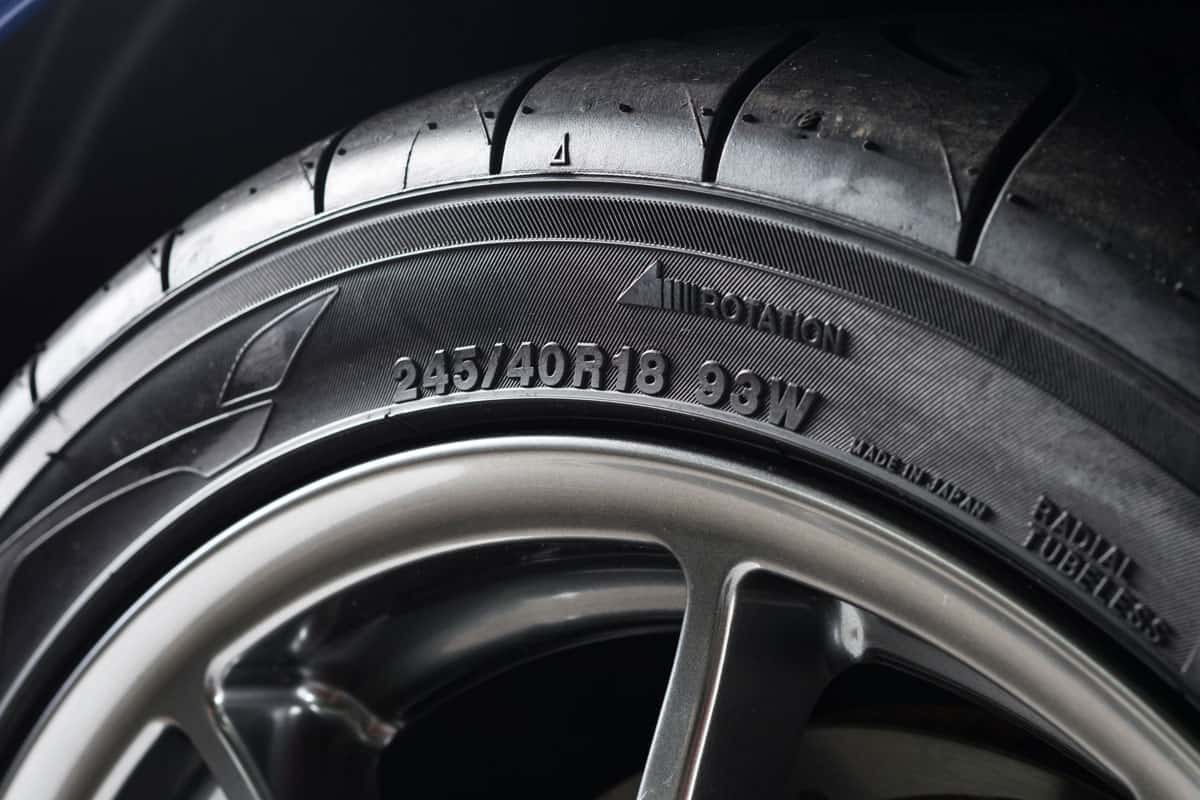
When getting tires for your vehicle, it is seldom easy to definitively state that one brand is superior to another. Both thicker and thinner tires have their benefits and drawbacks, but some situations call for one or the other.
Tires with a thick section width distribute the vehicle's weight across a larger area, which increases the vehicle's grip, particularly while the vehicle is accelerating quickly.
The larger contact area provided by these tires enables a more efficient conversion of torque to the asphalt, reducing the distance traveled before coming to a stop.
On the other hand, tires with a small section width give greater turning ability and lower the risk of tire rub during suspension trips or hard-turning maneuvers.
While thinner tires provide less surface area in touch with the road, they also reduce the likelihood of potentially hazardous hydroplaning, making driving in wet weather safer.
What Size Of Tire Fits 10-Inch Rims?
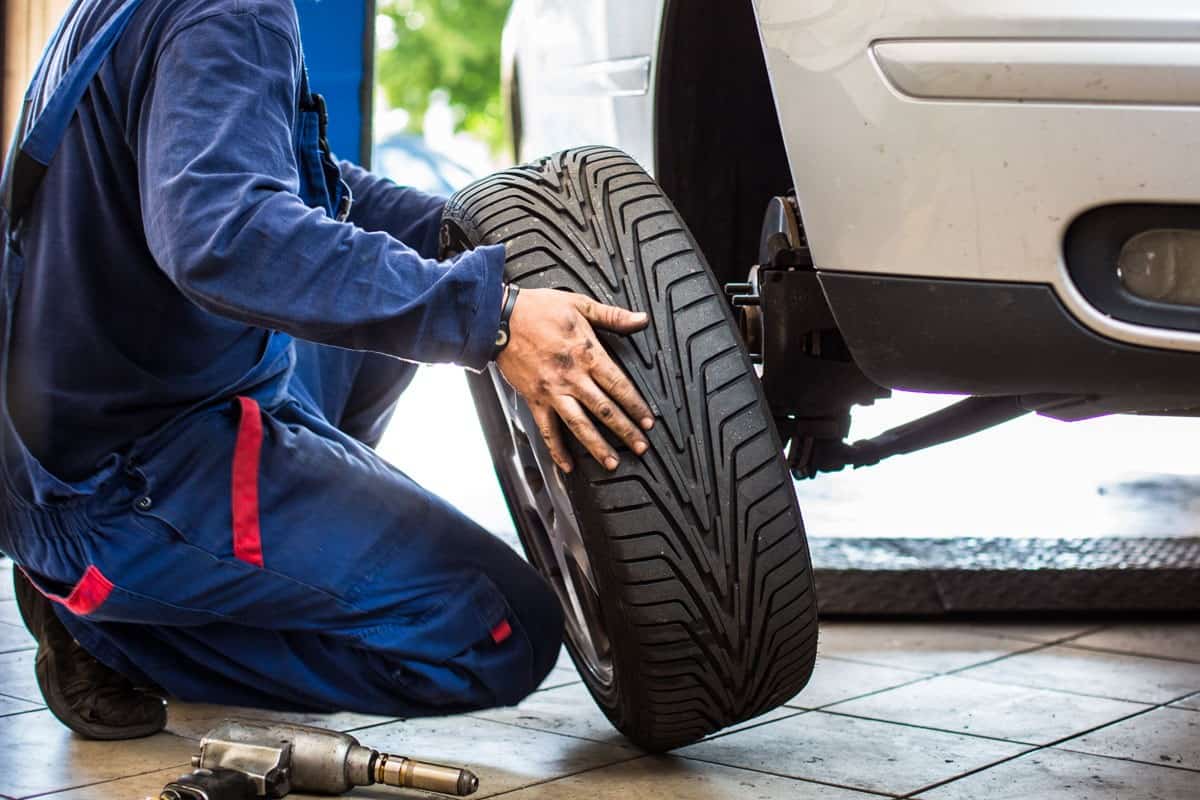
Size 295 is well suited for rims that are 10 inches in diameter. However, you can go a little lower (285) or higher (305, 315). It is crucial to make sure that the tires selected have not been overstretched and do not have bulges.
What Is The Widest Tire For A 7.5-Inch Rim?
You can put 245 on a 7.5-inch wheel. This should be the widest. Note that your sidewall flex will be less if the tire's profile is low.
You can also use 235/40 for a 7.5-inch wheel, but the best one is 225/40. However, you can contact the tire manufacturers to get a specific answer.
To Wrap Up
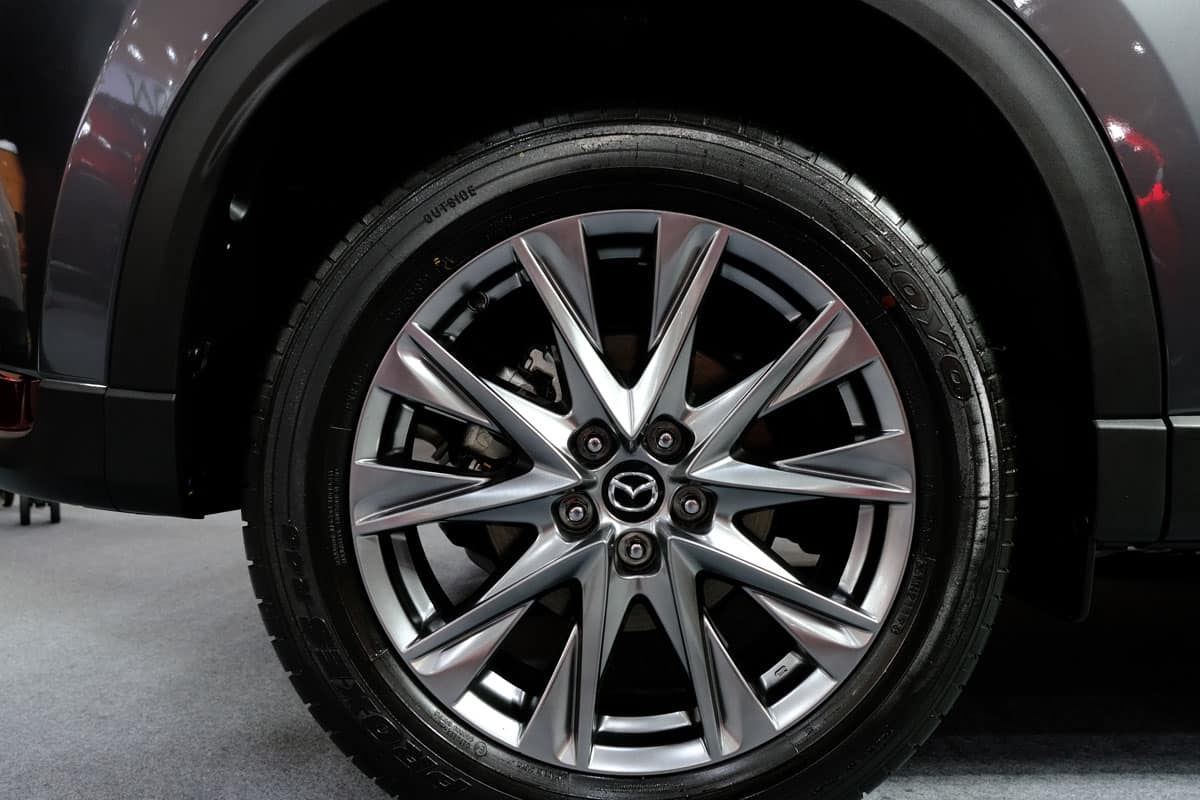
If you want a tire for 18 × 7.5 wheels, consider getting size 235/40. Be sure to use the right size of tire for your car. You don't want to use the wrong size as it may affect how the car functions.
If you find it difficult to choose tires for your cars, don't hesitate to contact a professional for assistance.
If you enjoyed reading this post, here are similar articles you may like:
What Is The Biggest Tire I Can Put On A 17 Inch Rim?
